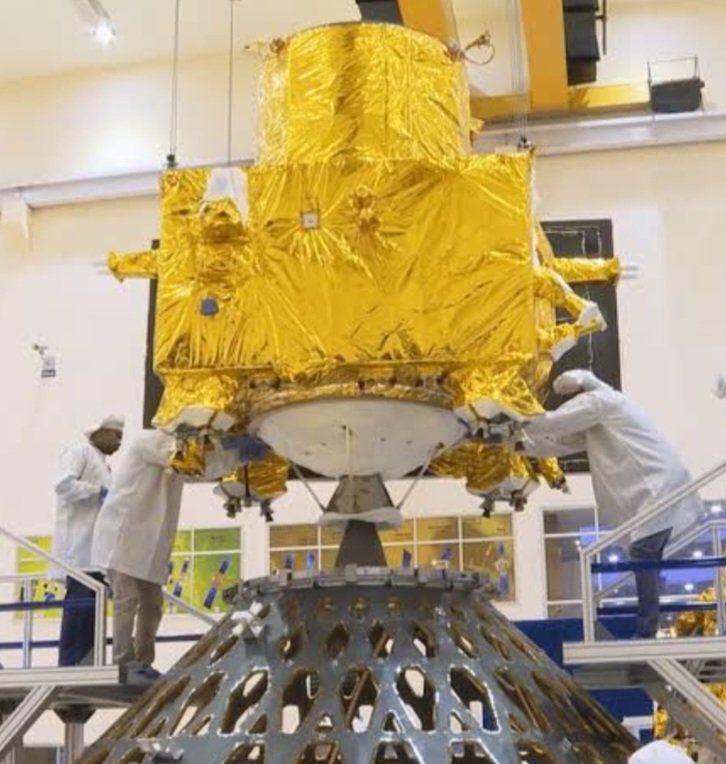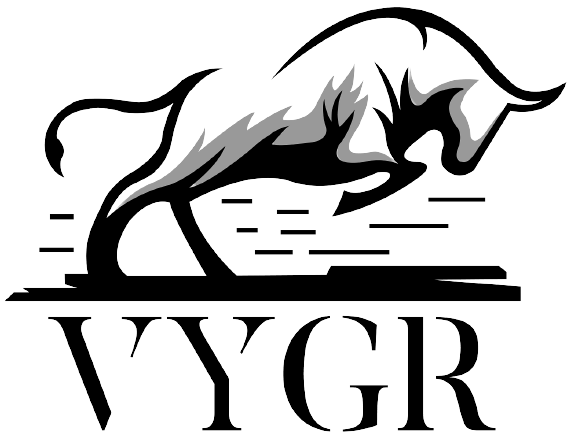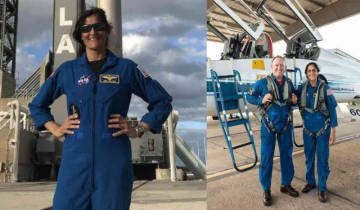ISRO, the esteemed Indian Space Research Organisation, has successfully achieved a commendable endeavour in the realm of space exploration. The Propulsion Module (PM) of Chandrayaan-3, after fulfilling its primary duty of safely delivering the lander module to the lunar polar circular orbit, underwent a deliberate repositioning. This extraordinary manoeuvre entailed transitioning the PM from its lunar orbit to an orbit encircling our beloved planet Earth, thereby extending its mission beyond the original goals.
ISRO has confirmed the successful completion of the primary mission. They shared that the PM has efficiently transferred the lander module from the Geostationary Transfer Orbit (GTO) to the final lunar polar circular orbit, achieving the desired separation. Following the separation, the SHAPE payload within the PM was activated. Despite being initially planned for a three-month operation, the orbital manoeuvres were optimized, resulting in a surplus of over 100 kg of fuel after more than a month in lunar orbit.

In order to utilize the extra fuel, ISRO made the decision to collect extra information for future lunar missions and demonstrate operational approaches for future sample return missions. To ensure ongoing observation of Earth through the SHAPE payload, the PM was carefully moved to a suitable orbit around Earth, with a focus on avoiding any potential collisions with the Moon's surface and Earth's Geosynchronous Equatorial Orbit (GEO) belt.
The PM's return trajectory has been carefully planned for October 2023, with precise manoeuvres to adjust its altitude and orbit period. These manoeuvres will eventually move it away from the Moon's sphere of influence on November 10. Currently, the PM is orbiting Earth, and based on orbit predictions, it poses no threat to operational Earth-orbiting satellites.
Ongoing operations involve the continuous functioning of the SHAPE payload while Earth is visible. The flight dynamics team at ISRO has developed analysis tools and software modules for planning and executing trajectories, gravity-assisted fly-bys, and ensuring the controlled termination of the PM's life without causing any debris.
Chandrayaan-3 Mission:
Ch-3's Propulsion Module (PM) takes a successful detour!
In another unique experiment, the PM is brought from Lunar orbit to Earth’s orbit.
An orbit-raising maneuver and a Trans-Earth injection maneuver placed PM in an Earth-bound orbit.… pic.twitter.com/qGNBhXrwff— ISRO (@isro) December 5, 2023
ISRO described important outcomes of the return manoeuvres, giving particular importance to trajectory planning and execution from the Moon to Earth, software validation, gravity-assisted fly-bys, and controlled termination to ensure the prevention of debris upon reaching the Moon's surface.
The Chandrayaan-3 mission, which was launched on July 14, 2023, had the objective of showcasing India's advancements in space exploration and technological innovation. It aimed to demonstrate a soft landing near the lunar south pole and conduct experiments using instruments on the 'Vikram' lander and 'Pragyan' rover. The successful touchdown of the Vikram lander on August 23 marked a significant milestone, paving the way for future lunar missions. These manoeuvres and operations not only highlight India's commitment to space exploration but also its dedication to scientific progress.
Ⓒ Copyright 2023. All Rights Reserved Powered by Vygr Media.








